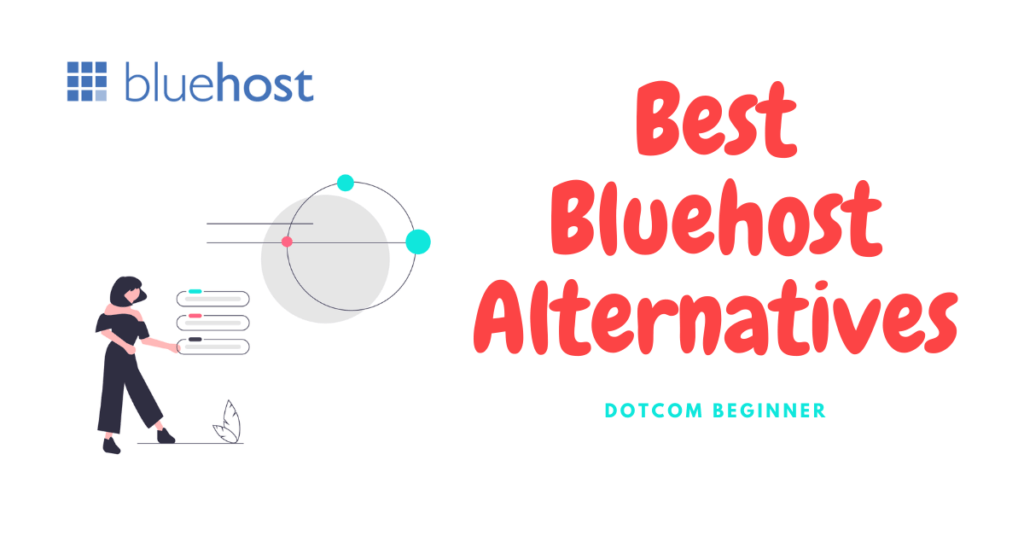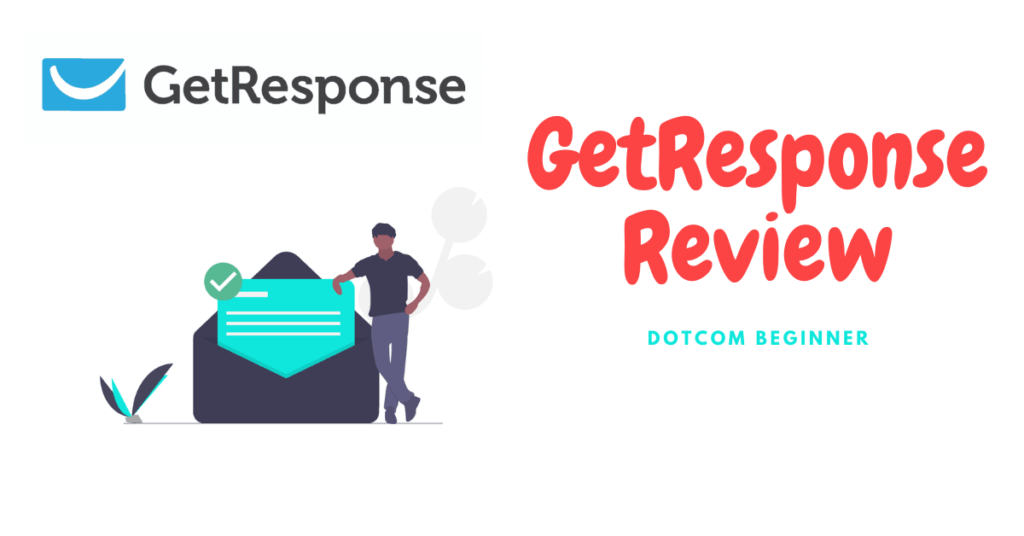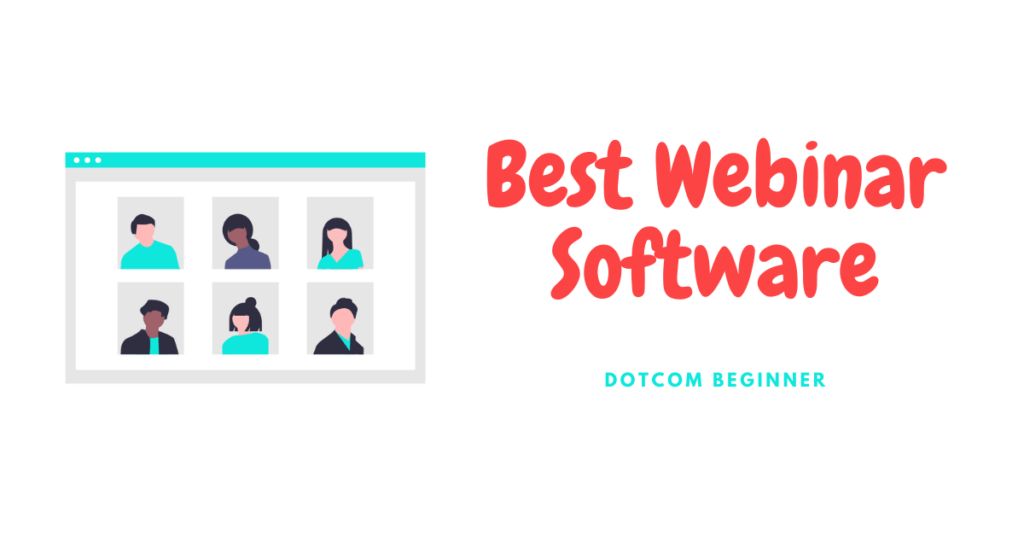Last Updated on February 14, 2023
Online courses are all the rage nowadays! They offer students the flexibility to learn at their own pace and on their own time. Plus, if you’re an expert in your field, creating an online course can be a fantastic way to share your knowledge with others while earning some passive income. But let’s be real; creating an online course can seem pretty intimidating, especially if you don’t know where to start.
That’s why we’ve put together this comprehensive guide to walk you through the process of creating an online course from start to finish. Whether you’re a seasoned pro or just starting out, planning ahead is key to creating a successful course. So let’s get into it!
🔑 Key Takeaways (TL;DR)
- A successful online course requires thorough planning and an understanding of your target audience.
- Define your course content and structure with a syllabus and ensure that it is engaging and easily consumable.
- Choose the right e-learning platform to create your course, considering the features you will need.
- Develop quizzes, assessments, and assignments that align with your defined learning outcomes and grading system.
- Launch your course with an established price and marketing plan.
- Continuously gather student feedback and analyze your course’s metrics to make improvements and updates regularly.
🚀 Identify Your Target Audience
Before you start creating your online course, you must consider who your audience is. After all, you want to create a course that speaks directly to them and their needs. Here are three key steps to help you identify your target audience:
🌟 Define who your audience is
First, define who your audience is by considering their age, gender, location, education level, and experience in the subject matter you’re teaching. By doing so, you can better understand the level of detail and language you should use in your course.
🌟 Determine their pain points and problems
Next, determine your audience’s pain points and problems. What challenges are they facing related to the subject matter you’re teaching? By identifying these pain points, you can tailor your course content to provide solutions to these challenges.
🌟 Identify what knowledge they are seeking
Finally, figure out what knowledge your audience is seeking. You can use market research, surveys, or even speak to potential students to better understand what they want to learn. This will help you create a course that meets their needs and is relevant to their goals.
By identifying your target audience, their pain points, and the knowledge they’re seeking, you can create a course that resonates with your students and helps them achieve their learning objectives.
🚀 Define Your Course Content
Now that you’ve identified your target audience, it’s time to define your course content. This is where you break down your subject matter into key topics and create a structure that’s easy to follow and engaging for your students. Here are the three key steps to defining your course content:
🌟 Determine what information is essential
First, determine what information is essential to include in your course. Make an outline of the key topics you want to cover and prioritize the most important information. This will help you create a course that’s focused and provides real value to your students.
🌟 Define the structure of your course
Next, define the structure of your course. Organize your content into modules, lessons, or chapters, depending on the length and complexity of your subject matter. A well-structured course can help your students stay motivated and engaged throughout the course.
🌟 Create a syllabus
Finally, create a syllabus that outlines the course content, structure, and timeline. This serves as a roadmap for your students, giving them a clear understanding of what they’ll learn and when. A syllabus can also be used as a promotional tool to attract potential students to your course.
By defining your course content, structure, and syllabus, you can create a course that’s focused, engaging, and easy to follow. This will help your students achieve their learning objectives and make your course more successful.
🚀 Choose the Right Course Creation Tools and Platforms
Once you’ve defined your course content, it’s time to choose the right course creation tools and platform. This is an important step, as the tools and platform you use can significantly impact the quality and effectiveness of your course. Here are three key steps to help you choose the right course creation tools and platform:
🌟 Evaluate different e-learning platforms
Start by researching and evaluating different e-learning platforms that are available to you. There are many options available, including popular platforms like Udemy, Teachable, and Thinkific. Look for a platform that suits your needs, including your budget and the type, of course; you’re creating.
🌟 Consider the features you will need
Consider the features and tools that you will need to create and deliver your course effectively. For example, if you plan to include multimedia content like videos or audio, you’ll need a platform that supports those types of content. Similarly, if you want to create quizzes or assessments, you’ll need a platform that provides those features.
🌟 Choose the best platform to create your course
Once you’ve evaluated different platforms and considered the features you need, choose the best platform for your course. Be sure to consider factors like cost, ease of use, and the level of support and customer service provided. You should also check whether the platform has the option to integrate with other tools or platforms, such as email marketing or social media.
By choosing the right course creation tools and platform, you can create a high-quality, effective, and engaging course. This can help you achieve your goals and provide real value to your students.
🚀 Develop Your Course Content
Once you’ve chosen the best course creation tools and platform, it’s time to bring your course to life by developing engaging and informative course content. Here are three essential steps to help you:
🌟 Create course materials and content
Start by creating informative and educational course materials, such as PDFs, articles, and ebooks. Ensure your content is well-researched, easy to understand, and uses clear and concise language. You can also include real-life examples, case studies, or scenarios to help your students connect with the subject matter.
🌟 Develop engaging multimedia content
Make your course more interactive and engaging by incorporating multimedia content, such as videos, audio recordings, images, infographics, and diagrams. You can use these multimedia elements to explain complex concepts or provide demonstrations. This can help make your course more appealing and accessible to your students.
🌟 Organize content for easy consumption
To help your students understand and retain the information, it’s important to organize your content in a way that’s easy to consume. Break your content down into short, easy-to-digest modules or lessons, and label each section clearly. You can also use formatting options like bullet points, bold or italic text, and quizzes or assessments to make your content more readable and engaging.
By developing high-quality course content, you can create an informative, educational, and enjoyable course for your students. This can help you achieve your learning objectives and make your course more successful overall.
🚀 Create Assessments and Quizzes
Assessments and quizzes are crucial in designing a successful online course. Assessments and quizzes help evaluate your student’s understanding of the course material and provide feedback on their progress. Here are three simple steps to create effective assessments and quizzes:
🌟 Determine the learning outcomes
Before creating any quizzes or assessments, you need to determine the specific knowledge and skills your students should gain by the end of the course. Identify the learning outcomes and develop assessments and quizzes that align with these objectives.
🌟 Create quizzes, assessments, and assignments
Based on your learning outcomes, create assessments and quizzes that test your student’s knowledge of the material. Use various question types, including multiple-choice, true/false, and short answer questions, to make the quizzes engaging and fun. You can also use multimedia elements like videos and images to make the assessments more interesting.
🌟 Determine the grading system
Once you’ve created the assessments and quizzes, it’s important to determine the grading system. Decide whether you want to use a points-based or pass/fail system, and establish clear grading criteria. Be transparent about your grading system with your students, so they know what to expect and can monitor their progress throughout the course.
By creating effective assessments and quizzes, you can help your students learn and remember the course material. Assessments and quizzes also help you evaluate the effectiveness of your course and make adjustments as necessary. Remember to make the assessments engaging, clear, and aligned with your learning outcomes to ensure they serve their purpose.
🚀 Launch Your Course
Launching your online course is an exciting moment, but there are a few things you need to do to make it a success. Here are three important steps to follow when launching your online course:
🌟 Establish the price for your course
Pricing is a critical factor in the success of your course. Determine how much you want to charge for your course, and then consider your target audience’s budget and the market value of similar courses. You may want to offer early bird discounts or other promotions to encourage early sign-ups.
🌟 Create a marketing plan
Create a comprehensive marketing plan to ensure your course is visible to your target audience. Consider using social media, email campaigns, and paid advertising to promote your course. Identify the key benefits of your course, such as the skills or knowledge students will gain, and highlight these in your marketing materials.
🌟 Launch your course
Once you’ve set the price and created a marketing plan, it’s time to launch your course. Make sure your course is fully functional and tested before launching. Consider offering a free trial or a money-back guarantee to encourage students to sign up. Remember to be available to answer questions and provide support to your students during the launch phase.
By following these steps, you can successfully launch your online course and attract students interested in the knowledge and skills you offer. Remember that launching a course is just the first step. Continue to evaluate your course’s success and make improvements as needed to keep your students engaged and motivated to learn.
🚀 Monitor and Improve Your Course
Improving your course is crucial in creating an online course that is successful and engaging for your students. You can achieve this by following these simple but essential steps:
🌟 Gather student feedback
Reach out to your students to get their thoughts about your course content, structure, and any issues they’re facing. Using feedback forms or surveys is an effective way to gather this information. Encourage your students to be open and honest, as their feedback will help you identify areas where you can improve.
🌟 Analyze your metrics and make improvements
Using analytics tools, keep track of your student’s performance and engagement rates. This way, you can identify areas where they may be struggling and where you may need to make changes or improvements to your course content.
🌟 Make updates to your course regularly
Keep your course content up-to-date and engaging by updating it regularly. This could be through adding new resources, updating content based on student feedback, or providing additional support where necessary.
By following these steps, you can ensure your online course is continuously improving, offering your students a high-quality learning experience that is always relevant and engaging. Remember that your goal should always be to provide value to your students by keeping your course updated and relevant.
✍🏽 Conclusion
In conclusion, creating an online course can be a rewarding experience that can generate significant passive income while also providing value to your students. However, it requires planning, effort, and commitment to create a high-quality course that meets the needs of your target audience.
As we’ve seen in this comprehensive guide, there are several essential steps involved in creating an online course, including identifying your target audience, defining your course content, choosing the right creation tools and platforms, developing your course content, creating assessments and quizzes, launching your course, and monitoring and improving it.
By following these steps, you can create a successful online course that is engaging, informative, and valuable to your students. Remember that while creating a course can be a lot of work, it is a worthwhile investment that can bring long-term benefits. So, take the time to plan, create, and launch your online course and see how it can transform your life and that of your students.





